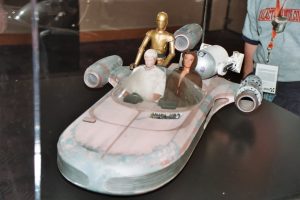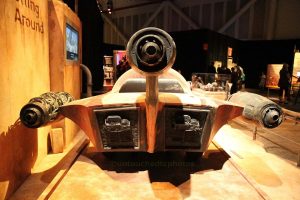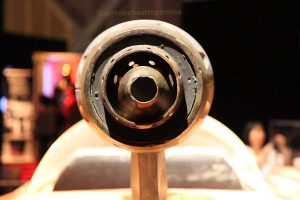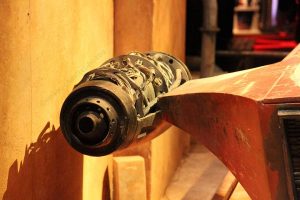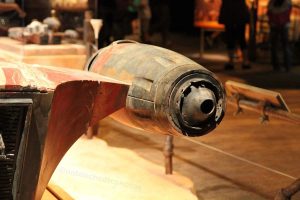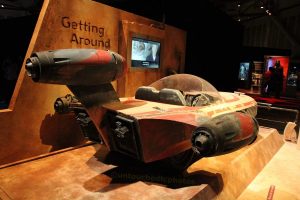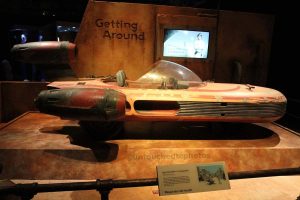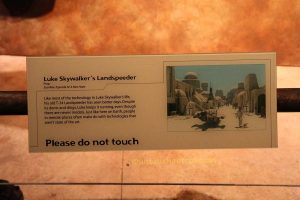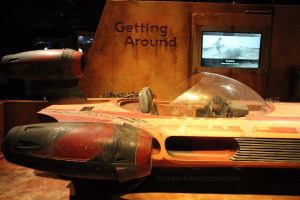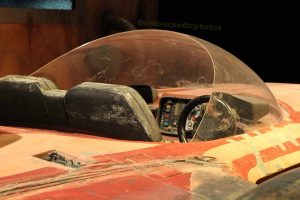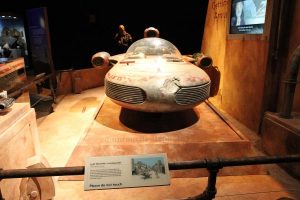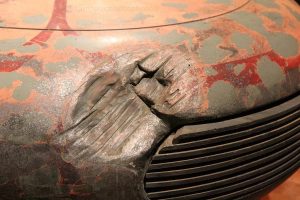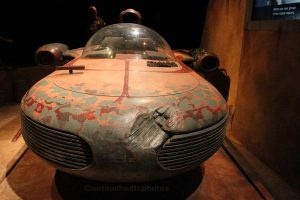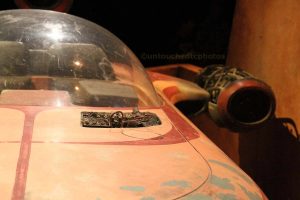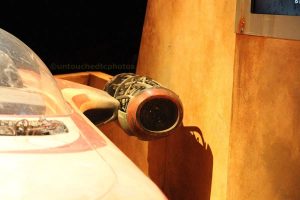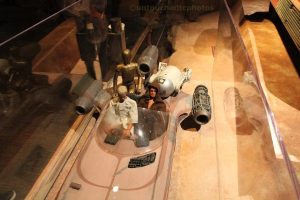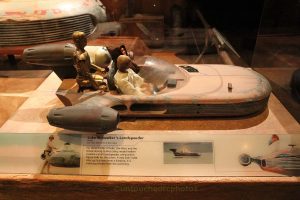The U-2 spy plane has been in service for more than 60 years and still flies missions in Iraq and Afghanistan. WSJ’s Michael Phillips got a rare opportunity to fly to the edge of space and explore why America’s oldest working spy plane is still soaring above 70,000 feet.
If successful, computers would quickly scan miles of U-2 film and count cars, airplanes, motorcycles, buildings and even individual people, tasks now performed painstakingly by analysts using eye loupes and illuminated screens.
“Our analysts are already saturated with data—too much imagery, too few analysts, and too little time,” says U.S. Air Force Col. Jason Brown, commander of the 480th Intelligence, Surveillance and Reconnaissance Wing. “Imagine if an algorithm could sweep through the data to cue analysts on potential areas of concern. Airmen could spend less time searching and more time making sense of the things they see.”
The U-2 spy plane first became operational in 1956 under the aegis of the Central Intelligence Agency, and Air Force U-2 operations began the following year. In 1960, U-2 pilot Francis Gary Powers was shot down while taking photographs over the Soviet Union, sparking an international incident. In 1962, U.S. Ambassador Adlai Stevenson unveiled U-2 images at the United Nations to prove the Soviets had installed missiles in Cuba.
Six decades later, updated U-2 planes—part of a 30-plane fleet now flown by U.S. Air Force pilots—conduct combat missions over Afghanistan, Syria and Iraq, as well as performing humanitarian surveillance. The planes brought back images of floodwaters unleashed by Hurricane Katrina in New Orleans in 2005 and of damage caused by the 2010 Haiti earthquake.

U-2s can carry modern electronic sensors—infrared or electro-optical devices, for instance—mostly used when analysts know roughly where their quarry is located.
But wet-film cameras still outperform other surveillance gear by delivering crisp images from above 70,000 feet, where the pilot can see land for 250 miles in any direction. The cameras can distinguish objects just 8 inches apart, providing sufficient clarity for analysts to read the identification numbers on the wing of a parked airplane or count the number of people at a camp.
“You can cover almost all of California in four hours,” says one senior U-2 pilot, who goes by the call-sign Sharkey. “It maps the entire terrain.”
U-2s photograph all of Afghanistan every month or so.
A typical flight generates a 200-pound, two-mile-long roll of film, which is shipped by FedEx to Beale Air Force Base. Technicians there develop the film, and analysts search for information that could prove useful for longer-term military planning.
Given time and staff constraints, however, humans can read only about 5% of the images the spy planes capture. “If you’ve got the whole state of California, how do you look at all those images?” says Command Master Sgt. Ian Eishen, of the Air Force’s 9th Intelligence Squadron. “You don’t.”
The Air Force is hoping that computers can learn to scan digitized images of the wet film and identify and count cars, trucks, boats, planes, motorcycles, buildings and people on the ground below.
If the artificial-intelligence effort is successful, for instance, the computer could spot and measure an increase in activity in a particular area, freeing up human analysts to think about whether that activity constitutes a threat to allied ground forces or an opportunity for offensive action.

“Now the analyst can figure out why” the activity is taking place, says Sgt. Eishen.
Images taken by advanced digital sensors are usually classified. The U-2’s film camera isn’t classified, and neither are the pictures it takes. That allows the Air Force to share them with engineering students, even those from foreign countries.
This spring, Stanford students working with Air Force experts developed a prototype of an automated system to read the U-2 imagery, through a class called Hacking 4 Defense. The Air Force expects to test the system in the coming months.
The defense class is now offered at 11 universities, from Georgetown to Boise State, and each group of students undertakes its own defense-related technology challenge. Students at the University of Southern California are working on artificial-intelligence technology to identify roadside booby-traps, such as the ones that have devastated U.S. forces in Iraq and Afghanistan.
“The U-2 problem is very similar: How do you use artificial intelligence to look at a massive amount of data and identify objects?” says Pete Newell, a retired Army colonel who teaches the course at Stanford.
Corrections & Amplifications
The U-2 spy plane first became operational in 1956 under the aegis of the Central Intelligence Agency, and Air Force U-2 operations began the following year. A U.S. News article on June 8 about the U-2 incorrectly said it became operational in 1957. (June 11, 2018)
![]()

